Sentiero Cave di contrada Chiova
Custonaci: the city of marble has got a marble quarrying area stretching from Monte Sparagio to the city center and from Mount Cofano to Mount Palatimone.
Whereas around 90% of the total Sicilian production of stone materials comes from this area, Custonaci represents the utmost expression in quarrying activity in Sicily.
Download GPS Track Download PDF datasheet Virtual tour
Within this area different types of limestone are quarried; Perlato di Sicilia is the most currently requested and used: it is quarried in great quantities and exported all over the world. From a quarry located on the slopes of Mount Cocuccio, near Custonaci, was extracted the Libeccio Antico, the “Baroque stone” par excellence: Libeccio Antico. Now it is extracted in small quantities and used in restoration works. We can see it in almost all the Jesuit churches in Italy, in St. Peter’s Basilica and in the Vatican Museums in Rome, as well as in the splendid Reggia di Caserta (Royal Palace of Caserta).
This trail starts from the city center, more precisely from the Santuario di Maria SS. Di Custonaci (Sanctuary of Most Holy Mary of Custonaci), place of worship and pilgrimage destination, where is kept the painting depicting the Virgin breast-feeding the Child.
Passing through Sperone and Assieni (small villages) you reach contrada Chiova, where you can visit two quarries. In the first one is extracted the Nerello di Custonaci, a type of marble used since the 17th century for the construction of flooring, steps and bases. In the second is extracted the Perlato di Sicilia: this ivory-coloured marble has often been used in architecture, as in the Tukul National in Giacarta, in the Riyadh airport, in the King’s Palace of the Queen and the Ministry of Sports in Jeddah, in the Kennedy Center in New York, in the Hilton and Le Meridien hotels and in the Milan Underground.
Its colour, very clear, has undoubtedly contributed to make these buildings even more beautiful. For this reason, it can be stated that the marble quarrying tradition is part of the cultural and historical identity of Custonaci. An identity of the inhabitants of are proud.
The Custonaci marble quarries
Custonaci is the first marble quarrying area in Sicily (the second in Italy and in Europe) with an extension of approximately 62 square kilometres, from which the 85% of the Sicilian stones are extracted. Its importance is not only from the geological point of view but also in economic terms.
Its morphology is widely varying: hills or mountains (mostly of secondary genesis) alternate with vast flat areas, characterised by quaternary calcite deposits. The process of sedimentation, started during the Palaeozoic Era, was fully developed in the Mesozoic (not by case this area has almost all the references to the Mesozoic Era in Sicily). These calcareous masses are variously arranged, with stratigraphic sequences and angular variations occurred through the most common way of the “folds associated with faults”. This makes it difficult to quarry both vertically and horizontally, as the petrographic facies is subject to sudden changes. Quarrying areas alternate with others where quarrying is very difficult (or even with no chance to be quarried).
One of the most appreciated stones has been the “Libeccio Antico”, the Baroque stone par excellence, quarried at Rocca Rumena, Muciara and Baglio Messina: it is still quarried in small quantities and used for restoration works.
We can see it in almost all the Jesuit churches throughout Italy, in St. Peter’s Basilica and in the Vatican Museums in Rome, as well as in the splendid Reggia di Caserta (Royal Palace of Caserta).
After the Second World War, Custonaci, thanks to the Perlato di Sicilia, has taken a leading role at international level. Today also other types of marbles are quarried: Perlatino di Sicilia, Botticino, Avorio venato, Brecciato, Libeccio.
The ‘Our Lady of Custonaci’ Sanctuary
Built in the late sixteenth century, the sanctuary is the town’s most representative monument, the site of an ancient cult and a pilgrimage destination. The façade with a portal of pointed arches and rose window and its neo-Gothic interior are manifestations of the latest refurbishment works which took place in the early twentieth century. Of great decorative effect are the monumental stairway and the floor of the forecourt paved with characteristic stone pebbles. The apse of the church houses a large marble gallery, adorned with statues in marble and wood, the most lavish plastic-architectural furnishing in the Trapani area. In the centre stands the venerated poplar panel of the “Madonna lactans” (XVI century ), the so-called ‘Our Lady of Custonaci’. There are many legends related to the cult of Virgin Mary, and customs such as the “transportation” of the altarpiece to nearby Erice from 1568 until 1936, which was also done to invoke rain in times of drought.

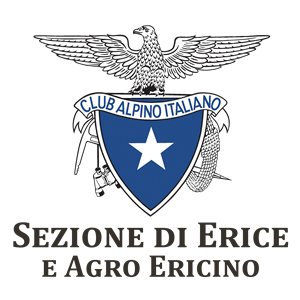

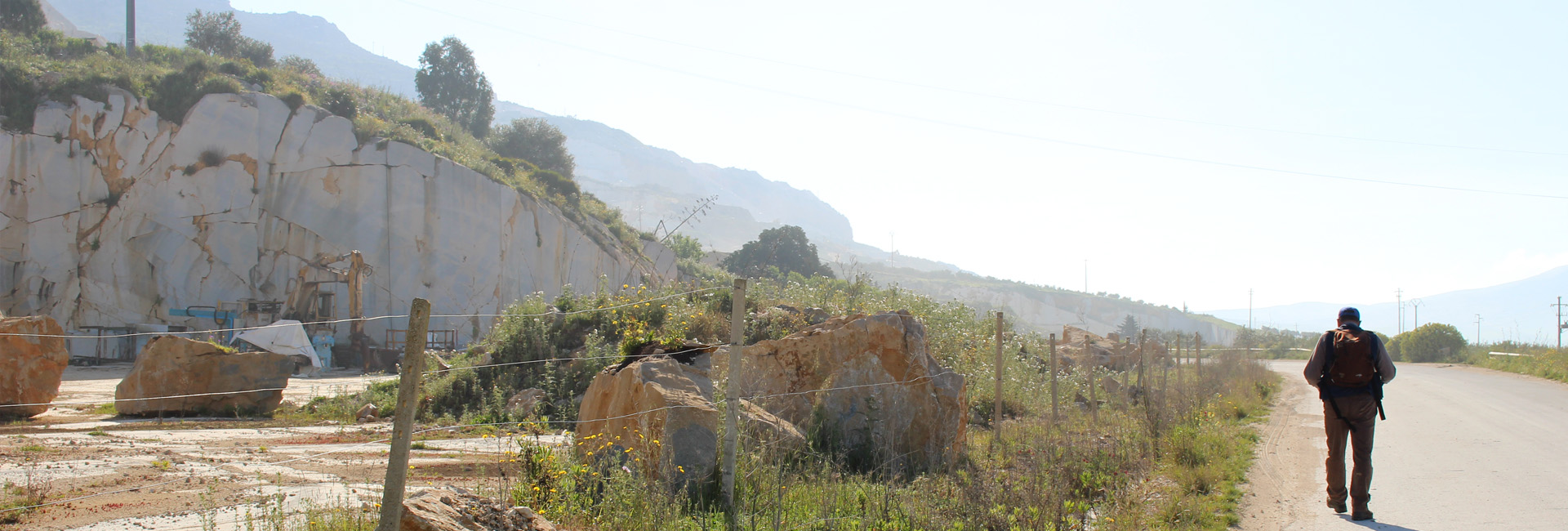

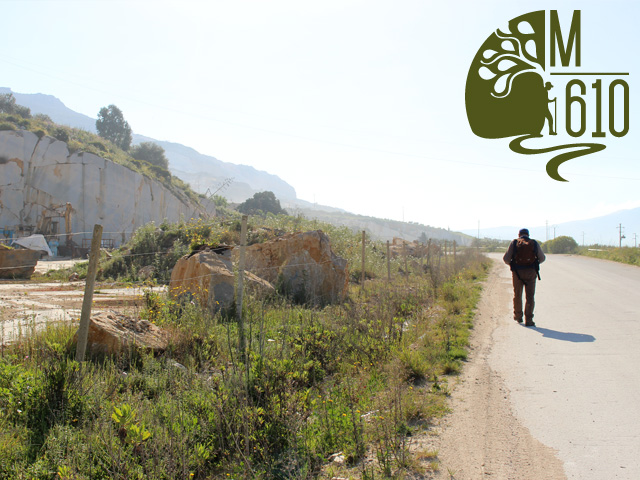
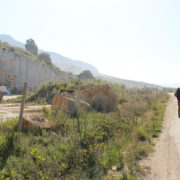
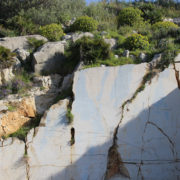
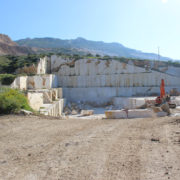
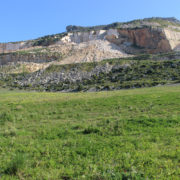
Tour Reviews
There are no reviews yet.
Leave a Review